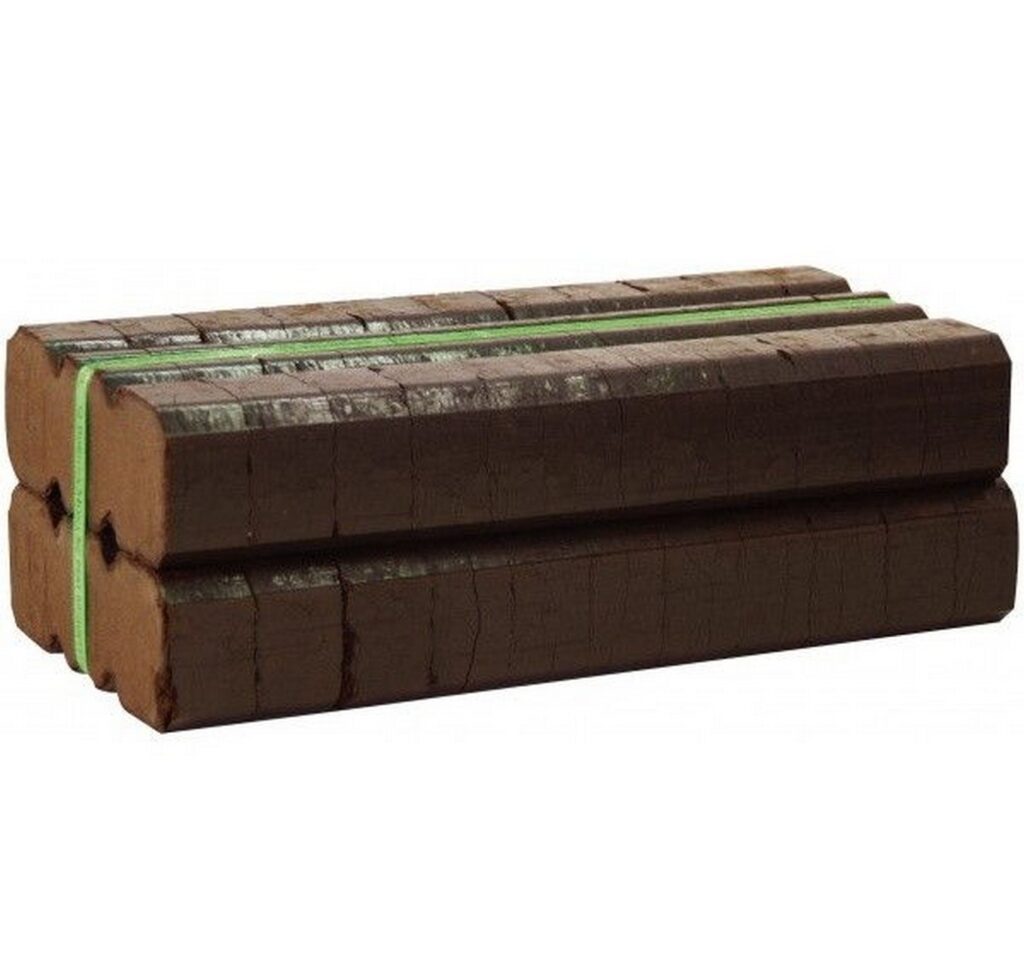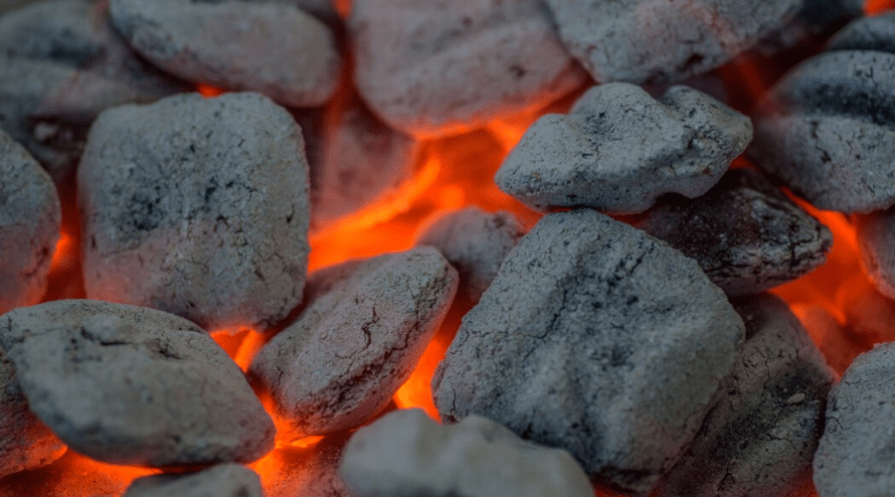
The Relationship Between Briquettes And Air Quality
Briquettes have become a popular alternative to traditional fuels in recent years, promising an eco-friendly and sustainable solution for various heating and cooking needs. These compressed blocks of biomass or coal dust are known for their efficiency and reduced emissions compared to conventional fuels like firewood or coal. However, as we delve deeper into the world of brikett, it’s essential to explore the intricate relationship between these eco-friendly alternatives and air quality.
Understanding Briquettes
Briquettes are an eco-conscious solution to address the increasing environmental concerns associated with traditional fuel sources. Made from various organic materials such as wood chips, sawdust, agricultural residues, and even coal dust, these compacted energy sources are designed to burn cleaner and more efficiently. The production process typically involves compressing these materials into solid blocks without the need for binders or additives. This manufacturing method not only reduces waste but also minimizes harmful emissions.
The Impact on Air Quality
- Reduced Smoke Emissions
One of the key benefits of using briquettes is their ability to produce significantly less smoke when burned. Traditional fuels like firewood release copious amounts of smoke, which can contain harmful pollutants such as particulate matter (PM2.5 and PM10) and volatile organic compounds (VOCs). In contrast, briquettes burn with a cleaner and more controlled combustion process, reducing harmful smoke emissions. This results in improved indoor and outdoor air quality, especially in regions where solid fuels are the primary energy source for heating and cooking.
- Lower Greenhouse Gas Emissions
Briquettes also contribute to the reduction of greenhouse gas emissions, such as carbon dioxide (CO2) and methane (CH4), which are major contributors to climate change. By using biomass-based briquettes, we can harness the energy stored in organic materials while preventing these materials from decomposing and releasing greenhouse gases into the atmosphere. This dual benefit makes briquettes an environmentally friendly choice that aligns with global efforts to combat climate change.
- Minimized Health Risks
Improved air quality resulting from the use of briquettes can have a direct impact on human health. The reduced exposure to harmful smoke and indoor air pollution can help prevent respiratory illnesses, particularly among vulnerable populations such as women and children who often spend more time near open fires or traditional stoves. By opting for briquettes, households can reduce the risk of ailments like asthma, bronchitis, and lung infections.
- Enhanced Efficiency
Briquettes are designed to burn more efficiently, ensuring that a higher percentage of the energy generated is used for heating or cooking. This efficiency reduces the need for excessive fuel consumption, ultimately leading to lower emissions and less strain on natural resources. As a result, the overall environmental footprint of briquette usage is significantly smaller compared to conventional fuels.
Conclusion
In conclusion, the relationship between briquettes and air quality is undeniably positive. These compacted energy sources offer an eco-friendly alternative to traditional fuels by reducing smoke emissions, lowering greenhouse gas outputs, minimizing health risks, and enhancing overall efficiency. As the world strives for cleaner and more sustainable energy solutions, briquettes emerge as a promising option that can significantly improve both indoor and outdoor air quality. By making informed choices and adopting briquette technology, we can take a significant step towards a cleaner, healthier, and more sustainable future.


